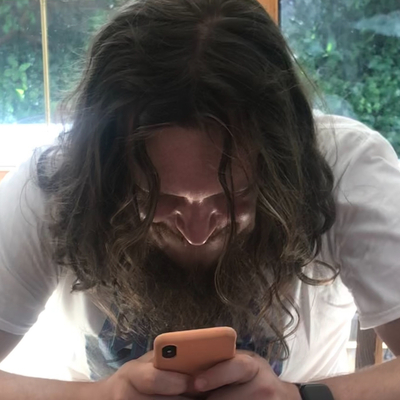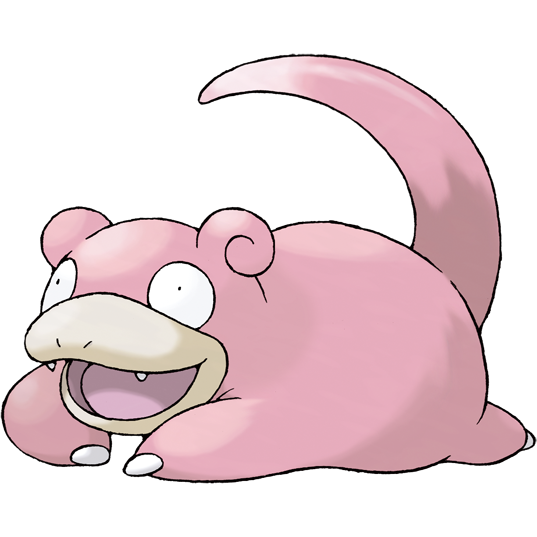Archive: none required, use reader mode if needed
In Severance, technology allows the employees of Lumon Industries to split into two versions of themselves: one that lives outside of work and another that exists solely in the office — the “outies” and the “innies.” The sci-fi thriller takes off when the innies begin to question their reality: What are they really doing? What are their outie versions like? In other words, they start to become self-aware.
After a first season that posed a wealth of intriguing questions and captivated audiences with its striking visual style, the second installment shifts the focus to the characters and their emotions — especially the innies, who have been given the fewest answers.
“It was important to us that the characters started to feel more human, because this is the story of them discovering their humanity. Part of the fun of the first season was that these characters were almost a sketch, a facsimile of the human experience. But this season, they start to wonder, ‘Who am I outside of here? Who would I be if I didn’t live in here?‘” explained Erickson in a video interview with EL PAÍS a few days after the second season finale aired.
I don’t think he’s aware of monopoly the board game
To paraphrase the late, great, Bill Hicks on marketers: “Ah, the anti-Capitalist market…that’s big now.”
Capital has the ability to subsume all critiques into itself. Even those who would critique capital end up reinforcing it instead…”
Erickson is clearly not familiar with Guy Debord or his notion of recuperation.
Everything is branding, a market demographic.

“Your critique of capitalism is selling a lot of subscriptions for us.”

“Mr. Evrart is helping me find my gun.”
Doesn’t surprise me that much, considering that to do anything original nowadays you have to look outside the main Hollywood production companies since they don’t want to take any risks




